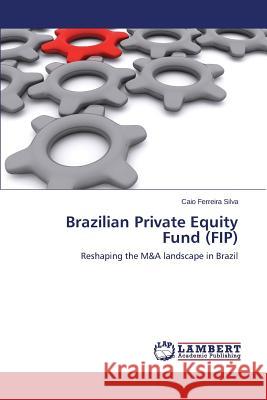Brazilian Private Equity Fund (Fip) » książka
Brazilian Private Equity Fund (Fip)
ISBN-13: 9783659585203 / Angielski / Miękka / 2014 / 108 str.
This book discusses how private equity-sponsored M&A deals have undergone a DNA change in Brazil, to a large extent caused by the rise of the Brazilian Private Equity Fund (Fundo de Investimento em Participacoes-FIP) as a preferred structuring option to implement these transactions. Part I provides a portrayal of the role of private equity investors as transformation agents of the local M&A industry through the widespread use of FIPs. Part II discusses the legal and regulatory framework relevant to FIPs, highlighting the main features that made these conduits the predominant vehicle to channel onshore P/E investments. In Part III, these features are juxtaposed to the structure and key attributes of a cross-border M&A transaction encompassing the buyout of a Brazilian corporation by an FIP backed by a P/E group. Building on the pillars of this case study, Part III then encapsulates how the FIP structure works in practice, delineating the new boundaries of the M&A scenario in Brazil. Part IV concludes the discussion with an account of how FIPs and P/E investors have been reshaping the M&A landscape in Brazil, touching on the key findings underpinning the claim argued in this book."
This book discusses how private equity-sponsored M&A deals have undergone a DNA change in Brazil, to a large extent caused by the rise of the Brazilian Private Equity Fund (Fundo de Investimento em Participações-FIP) as a preferred structuring option to implement these transactions. Part I provides a portrayal of the role of private equity investors as transformation agents of the local M&A industry through the widespread use of FIPs. Part II discusses the legal and regulatory framework relevant to FIPs, highlighting the main features that made these conduits the predominant vehicle to channel onshore P/E investments. In Part III, these features are juxtaposed to the structure and key attributes of a cross-border M&A transaction encompassing the buyout of a Brazilian corporation by an FIP backed by a P/E group. Building on the pillars of this case study, Part III then encapsulates how the FIP structure works in practice, delineating the new boundaries of the M&A scenario in Brazil. Part IV concludes the discussion with an account of how FIPs and P/E investors have been reshaping the M&A landscape in Brazil, touching on the key findings underpinning the claim argued in this book.











